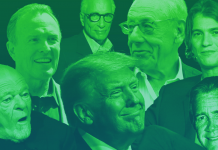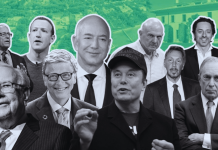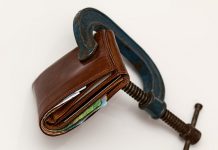You don’t need to invent a rocket or start a tech company to become wealthy. Sometimes, the biggest fortunes begin with the simplest observations and ideas.
Across industries, from fashion to food, many self-made millionaires identified small problems and created straightforward solutions. These stories prove that innovation does not have to be complicated.
If you’re looking for inspiration, these 7 millionaires who made a fortune with simple ideas will show you what is possible when you act on a clear concept. Each story reveals that the key to success often lies in simplicity and persistence.

Sara Blakely
Sara Blakely founded Spanx with just $5,000 and a pair of scissors. Her simple idea was to cut the feet off pantyhose to create a smoother look under clothing. She was not a fashion expert or business school graduate.

After years of rejection from manufacturers and designers, she eventually got her product into stores. Her first major boost came when Oprah named Spanx one of her favorite things. From there, sales soared.
Today, Blakely is a billionaire, and Spanx is a globally recognized brand. Her journey shows that knowing your audience and staying persistent can transform a basic idea into an empire.
Blakely’s experience also highlights the power of solving a personal frustration. She did not try to disrupt an entire industry. She focused on a small, unmet need that resonated with millions of people. This approach turned her product into a household name.
Brian Chesky
In 2007, Brian Chesky and his roommates were struggling to pay rent in San Francisco. They had three air mattresses and a simple idea: allow travelers to pay for a place to sleep.
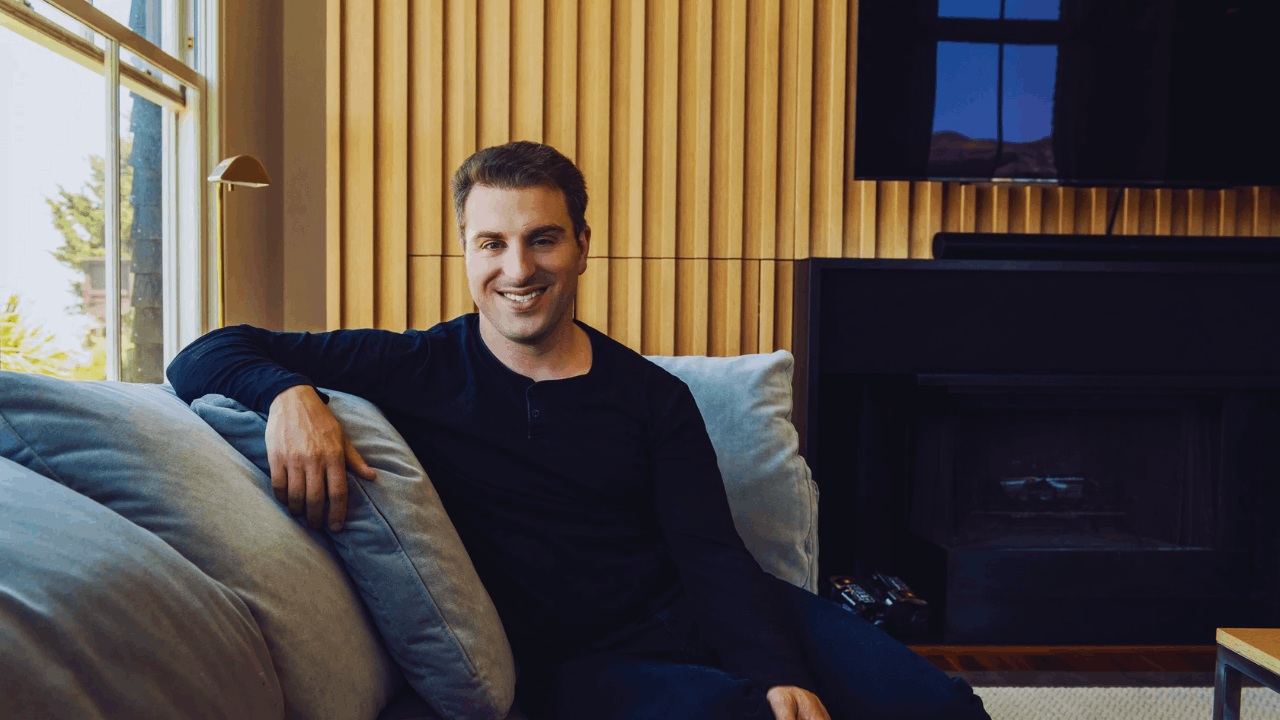
What began as a temporary fix quickly evolved into Airbnb, now valued in the billions. The concept was straightforward. Offer travelers an affordable and unique alternative to hotels.
What made the platform special was the trust it built between hosts and guests. With features like user reviews, secure payments, and photos, Airbnb redefined how people travel.
Airbnb’s growth also demonstrates the importance of timing. The idea gained traction during a financial downturn when travelers and homeowners were both seeking affordable options. Chesky recognized this shift and created a platform that met those needs effectively.
Richard Montañez
Richard Montañez was working as a janitor at Frito-Lay when he noticed that none of the company’s snacks appealed to Latino consumers.

Inspired, he brought home a bag of Cheetos, added chili powder and lime, and developed the concept for Flamin’ Hot Cheetos. Although he had no formal authority, he pitched his idea directly to the CEO.
It was a bold move, but it paid off. His creativity led to one of the company’s most iconic products. Montañez went from cleaning floors to holding an executive position. His journey shows that great ideas often come from people closest to the customers.
His rise proves that thinking like a consumer can create powerful solutions. Montañez did not wait for someone to ask for his input. He took initiative and changed the course of his career.
Kevin Plank
As a college football player, Kevin Plank was tired of wearing heavy, sweat-soaked cotton shirts.
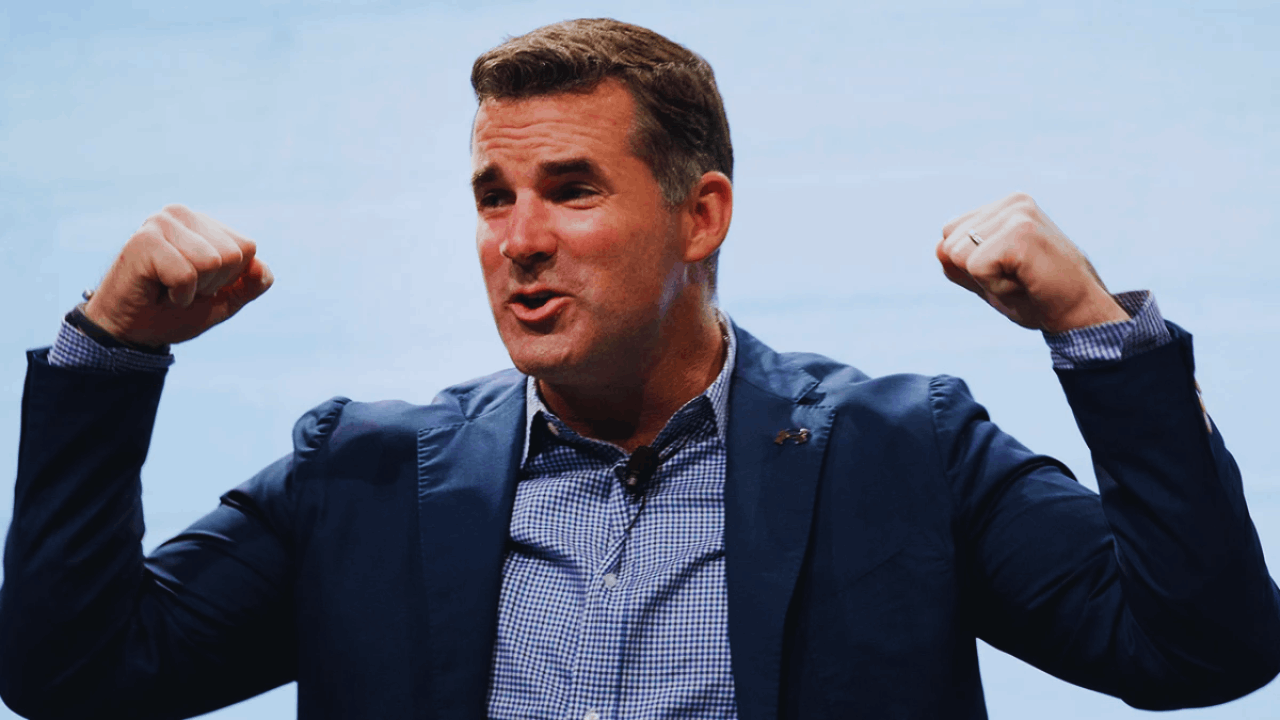
He envisioned a tight-fitting, moisture-wicking shirt that stayed dry and light. That idea led him to develop the first Under Armour product. He launched the company from his grandmother’s basement and began mailing shirts to teammates and coaches.
The idea quickly gained popularity among athletes and coaches. Eventually, Under Armour became a global sportswear brand. Plank’s story shows how solving a problem you experience firsthand can lead to massive success.
What helped Under Armour gain traction was its focus on a specific audience. Plank targeted athletes who valued performance over appearance. That clarity helped the brand grow steadily in a competitive industry.
Jamie Siminoff
Jamie Siminoff created Ring to solve a problem in his home. While working in his garage, he could not hear the doorbell.

He built a Wi-Fi-enabled doorbell with a camera and mobile alerts, offering a simple solution to a common issue. When he pitched the idea on Shark Tank, the investors turned him down. He kept moving forward.
Eventually, the product gained traction and caught Amazon’s attention. The company acquired Ring for more than $1 billion. Siminoff did more than just build a profitable company. He changed how people think about home security.
His journey also underscores the importance of perseverance. Even when investors passed, Siminoff believed in his idea and continued improving it. His success is a reminder that rejection is not the end.
Daymond John
Before becoming a television personality, Daymond John was sewing hats at home and selling them in Queens, New York.

He noticed that fashion brands were not catering to young Black consumers. He created designs that reflected his culture and launched the brand FUBU, which stands for "For Us, By Us." The brand took off after John convinced hip-hop artists to wear his clothes in music videos.
FUBU gained visibility and credibility without relying on traditional marketing. The company eventually became a global fashion force. John’s story shows how cultural awareness and hustle can take a homegrown idea to international success.
His approach to marketing helped build a brand that felt authentic and relatable. Instead of trying to please everyone, he focused on a specific community that was largely ignored by mainstream labels.
Trevor Baylis
Trevor Baylis invented the wind-up radio to solve a humanitarian issue. Many communities lacked access to electricity, making it difficult to receive important information. His device worked without batteries and could be powered by a hand crank.
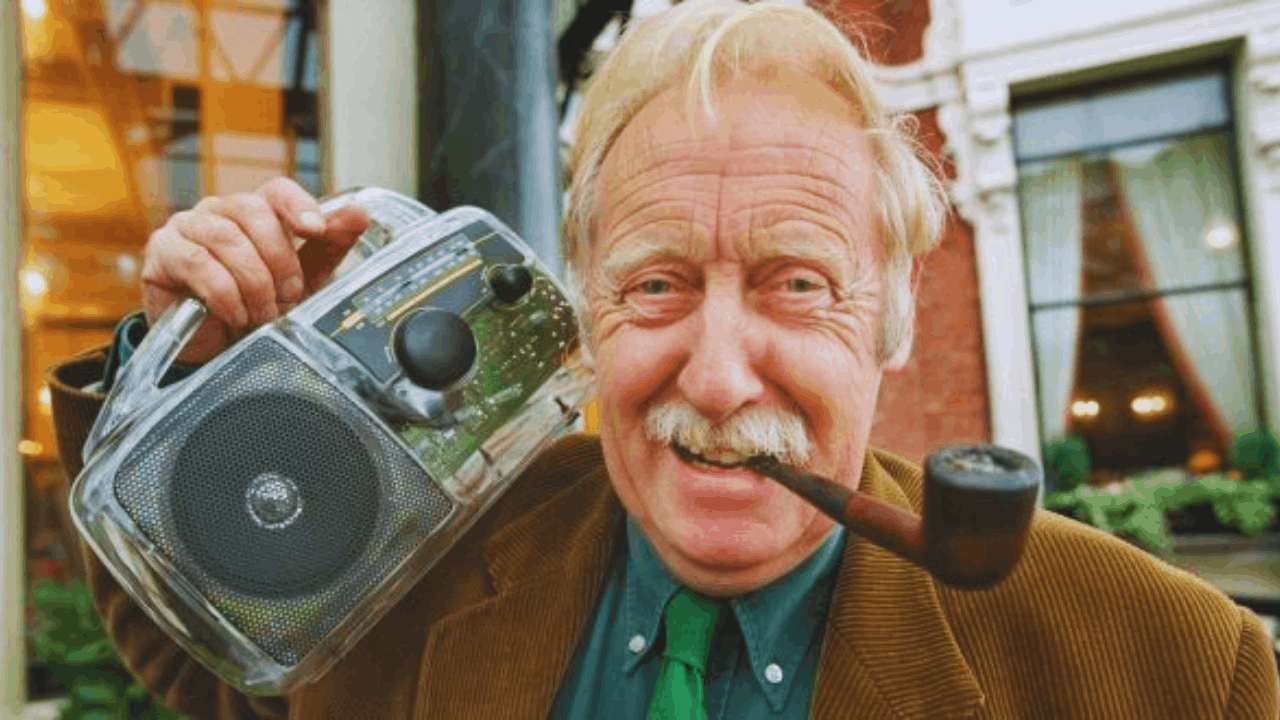
Baylis was not a tech entrepreneur. He was an inventor committed to practical solutions. His radio became a vital tool in remote areas, especially during health campaigns in Africa.
Over time, the invention earned Baylis recognition and financial success through licensing. His work shows that innovation can create both social and economic impact.
Baylis’s invention is an example of how low-cost, low-tech ideas can make a global difference. He proved that success is not limited to those who pursue profit alone. Purpose matters too.
Why Simple Ideas Can Still Win Big in Today’s Market
Many people believe success comes from complex business models or cutting-edge technology.

These stories prove that belief is wrong. The most profitable and lasting ideas often begin as simple solutions to everyday problems. The millionaires featured here did not wait for perfect timing or large investments.
They started with what they had, trusted their instincts, and refined their ideas along the way. Simplicity offers clarity. It is easier to explain, test, and deliver to customers. That is why simple ideas often have the greatest impact.
Starting small also gives you room to improve. With less risk and fewer resources, you can pivot quickly if something does not work. These stories show that small beginnings can lead to big results.
Lessons From Millionaires Who Started Simple
There is one trait all of these entrepreneurs share. They took action. Instead of getting stuck in planning, they launched, adjusted, and learned in real time. That approach is far more valuable than waiting for perfect conditions.
Each of them found a problem they understood and offered a solution others could use. They did not worry about being flashy or complicated. And they built successful businesses because they were willing to start with something small and make it better.
If you are thinking about launching your own idea, let these stories guide you. You do not need millions in funding or a flawless plan. What you do need is focus, effort, and the courage to begin.
Conclusion
You do not need a groundbreaking invention or a high-tech solution to achieve financial success. From Sara Blakely’s altered pantyhose to Trevor Baylis’s hand-crank radio, every story here began with someone taking the first step.
If you have an idea that solves a problem, act on it. Take that idea, test it, and grow it. That is how fortune begins.



